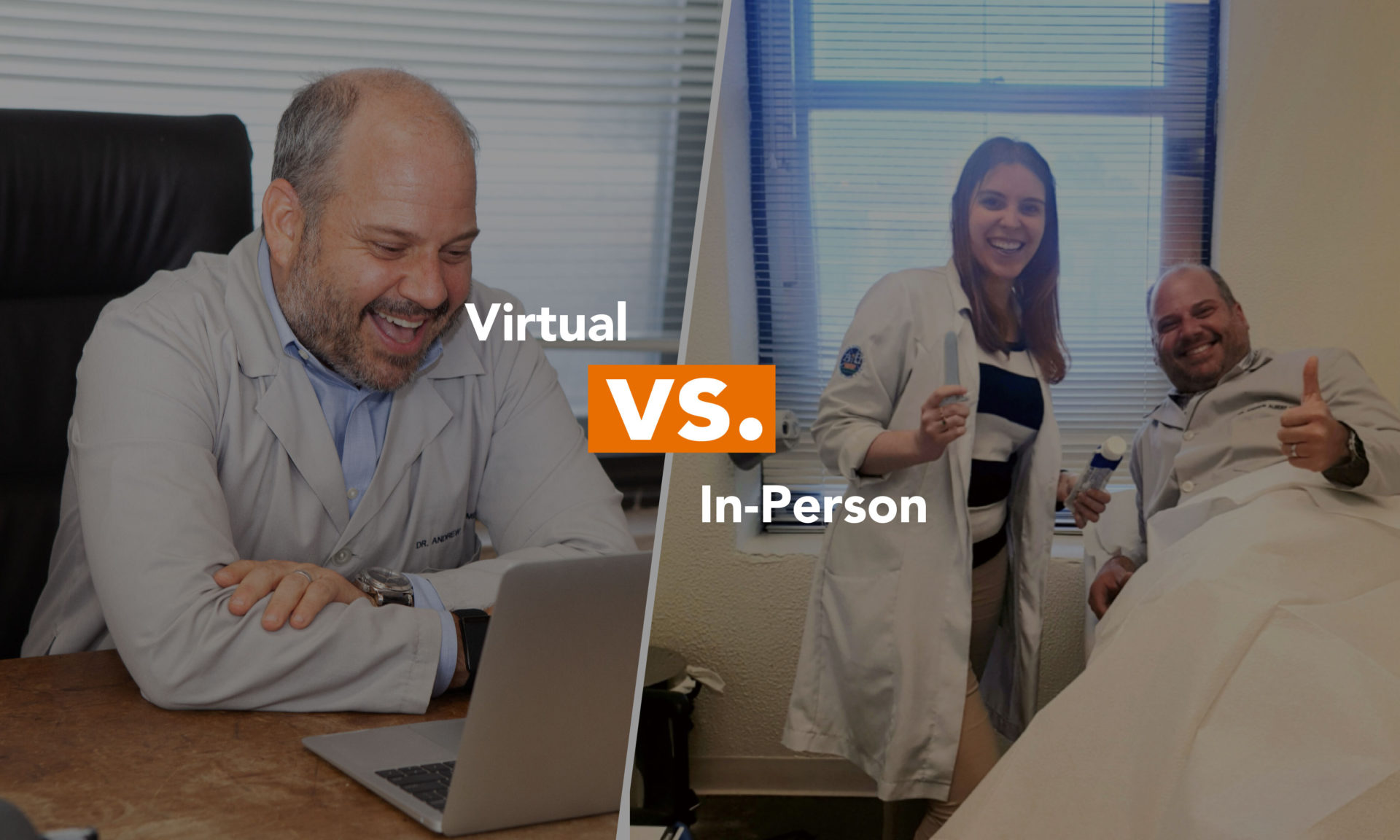AMOpportunities first introduced virtual rotations in response to the challenges the Covid-19 pandemic posed to medical trainees hoping to complete their U.S. clinical rotations. However, virtual rotations are more than just a problem-solving alternative to in-person rotations; they represent an acceleration toward the use of telehealth services in the healthcare industry.
Although virtual rotations offer many of the same experiences and benefits of in-person away rotations, they also have their own value by helping to prepare medical trainees in skills that will be necessary for the future of healthcare.
Keep reading to understand how virtual and in-person rotations compare and which one might be the best for your next U.S. clinical experience
Experience the U.S. Healthcare System
The pandemic has created a negative connotation of virtual learning, especially for students who have come to associate virtual classroom learning with rambling lectures and disconnected relationships with classmates.
However, unlike virtual classroom learning, virtual rotations are an engaged clinical experience that offers trainees the opportunity to interact directly with the U.S. healthcare system, physicians, staff, patients, and even other trainees. Through monitors used specifically for telehealthcare and dedicated staff, virtual rotations provide the same real-time engagement with patient interactions as in-person rotations.
Virtual rotations have the added benefit of providing skills in virtual patient care and diagnosis, which helps prepare trainees for the rapid adoption of telehealth services expected within the next decade.
Related: Can virtual experiences be hands-on?
Letter of Recommendation
AMO clinical experiences give you an opportunity to earn a merit-based letter of recommendation directly from your preceptor. This is true for both in-person and virtual rotations. While LoRs are at the discretion of your training physician, early communication with your preceptor about your hopes to earn an LoR helps establish lines of communication that will make your letter stronger and more personal.
While all letters of recommendation are one of the most important components of any U.S. residency application, previous trainees have considered their virtual LoRs as more valuable than letters from in-person U.S. clinical rotations. This is because virtual LoRs show your adaptability to changing technologies and willingness to persevere through difficult or challenging and uncertain times.
Cost
While the cost of AMO’s programs varies by individual program, on average, virtual rotations are typically less expensive. This is especially true of programs that offer both in-person and virtual U.S. clinical rotation options.
Beyond face-value price, however, virtual rotations allow trainees to rotate from the comforts of home. This means that the travel costs, visa application fees, and housing costs that come with in-person away rotations are not necessary. This makes virtual rotations a great option to save money while also providing the option to interact with the U.S. healthcare system, network with U.S. healthcare professionals, and learn new skills important to the future of healthcare around the world.
Ready to book your next clinical experiences? Click here to explore all virtual and in-person clinical experiences!






